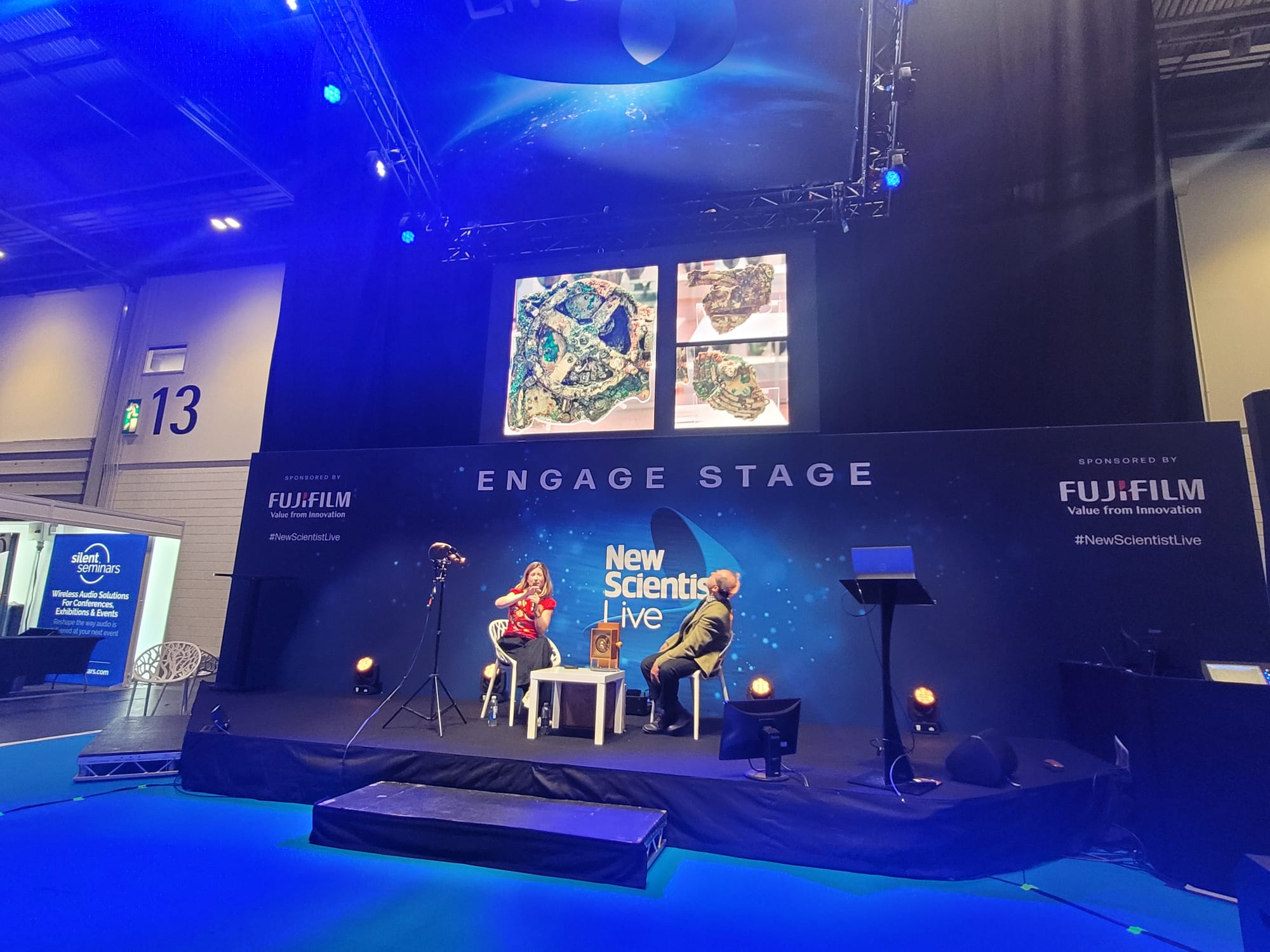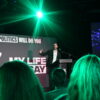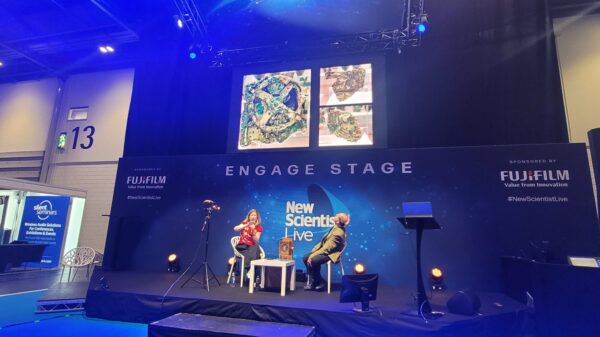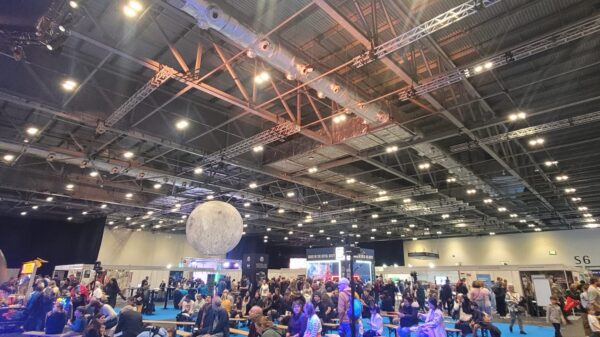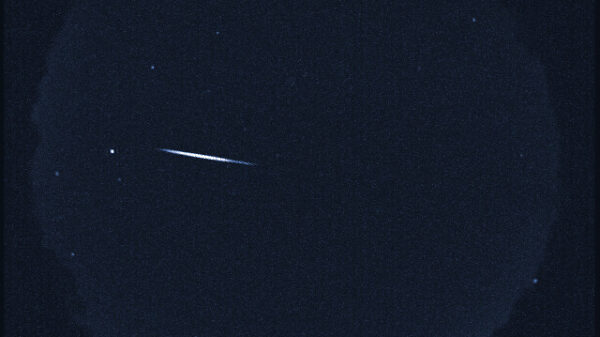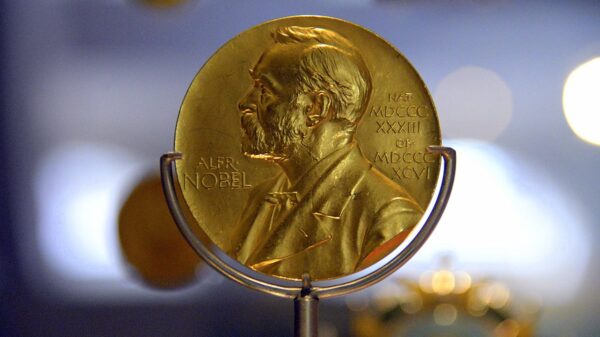Science Editor Anoushka Sinha discusses the main take-aways of a talk about the Antikythera Mechanism at New Scientist Live 2025.
Every year, the New Scientist hosts a larger-than-life science fair at the Excel Centre. They feature stalls from leading science institutions and live talks from leading scientists and authors.
On 19 October 2025, author Jo Marchant and historian Michael Wright gave a talk on the Antikythera Mechanism.
The Antikythera Mechanism is considered the world’s oldest computer, discovered by divers in 1901 on the Greek island of Antikythera and dated to the first century BCE. The mechanism has now found a home in the museum of Athens.
25 years ago, Wright set to work rebuilding the Antikythera Mechanism with working gears and dials which showed the ancient calendar.
“[I] just made bits to match what I could see, then made bits which couldn’t be seen” – Michael Wright
Remarkably, it features a 19-year calendar to marry the solar and lunar years, a four-year cycle and a spiral calendar on the back depicting the sequence of eclipses. It even shows the movement of planets in our Solar System.
“Ancient calendars worked on a double system,” they explained – a harvesting calendar for the year and day-to-day calendar for the month.
“[It is] a holistic expression of what they would have thought and saw at the time” – Jo Marchant
The Antikythera Mechanism is a great example of ancient technology which, according to Wright, shifted East in the first millennium CE. Wright joked, “We should all be learning Arabic.”
The complexity of the Antikythera Mechanism suggests it was by no means the first of its kind.
Wright explained that the fact that we are able to study it today is down to three pieces of luck – it was underwater (away from the “scrap metal man” who might have otherwise recycled it), it was found and it was recognised.
“When they started working on this back in the 1970s, I thought okay it looks as if he’s gotten it sown up, [but] it doesn’t look right to me. If I can get a solution, maybe a dozen people would be interested. I want[ed] to solve the problem for my own satisfaction.” – Michael Wright
After the publication of Marchant’s book, it is safe to say that plenty were interested.

